Indian cuisine's distinctive flavors come from a diverse range of spices. This guide covers the most commonly used Indian spices, their characteristics, and practical tips for selecting, storing, and using them in your cooking.
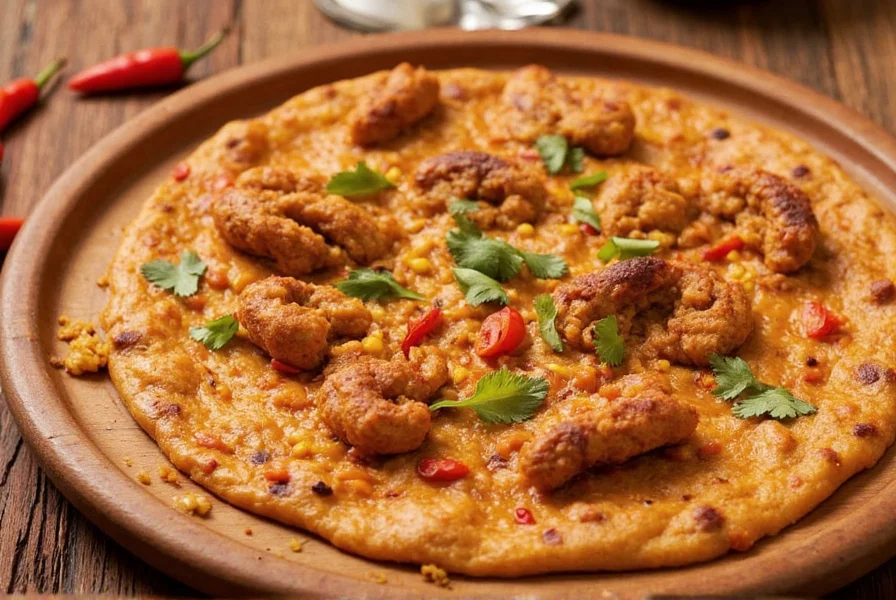
Table of Contents
- Spice 101: Essential Indian Spices and Their Uses
- 10 Essential Tips for Using Indian Spices Like a Pro
- Spice Buying Guide: How to Choose the Best for Your Kitchen
- Pro Tips for Storing and Using Spices
- Frequently Asked Questions About Indian Spices
- Final Thoughts: Mastering Indian Flavors
Spice 101: Essential Indian Spices and Their Uses
Indian cooking relies on specific spices to create its signature flavors. Here's a clear breakdown of the most essential spices:
- Turmeric – Adds vibrant yellow color and earthy flavor; known for anti-inflammatory properties.
- Cumin – Nutty, warm base spice used in tadka (tempering) for dals and curries.
- Coriander – Citrusy, sweet; ground or whole for marinades and chutneys.
- Fenugreek – Bitter notes; essential for pickles and lentil dishes.
- Mustard Seeds – Nutty flavor; key in South Indian cooking.
- Garam Masala – Warming blend of cardamom, cloves, cinnamon; added at the end for complexity.
- Cardamom – Floral sweetness; used in both savory dishes and desserts like chai.
- Red Chili Powder – Controls heat level; varies by region and brand.
- Asafoetida (Hing) – Pungent aroma; used sparingly in lentil dishes.
- Fennel Seeds – Anise-like flavor; commonly chewed after meals for digestion.
Visual Spice Comparison Table
| Spice | Flavor Profile | Common Use | Heat Level |
|---|---|---|---|
| Turmeric | Earthy, slightly bitter | Curries, rice dishes | Low |
| Cumin | Nutty, smoky | Dals, tadkas | Low |
| Coriander | Sweet, citrusy | Marinades, chutneys | Low |
| Red Chili Powder | Hot, sharp | Curries, snacks | High |
| Garam Masala | Warm, complex | Final seasoning | Medium |
| Cardamom | Floral, sweet | Biryani, chai | Low |
| Fenugreek | Bitter, nutty | Pickles, breads | Low |
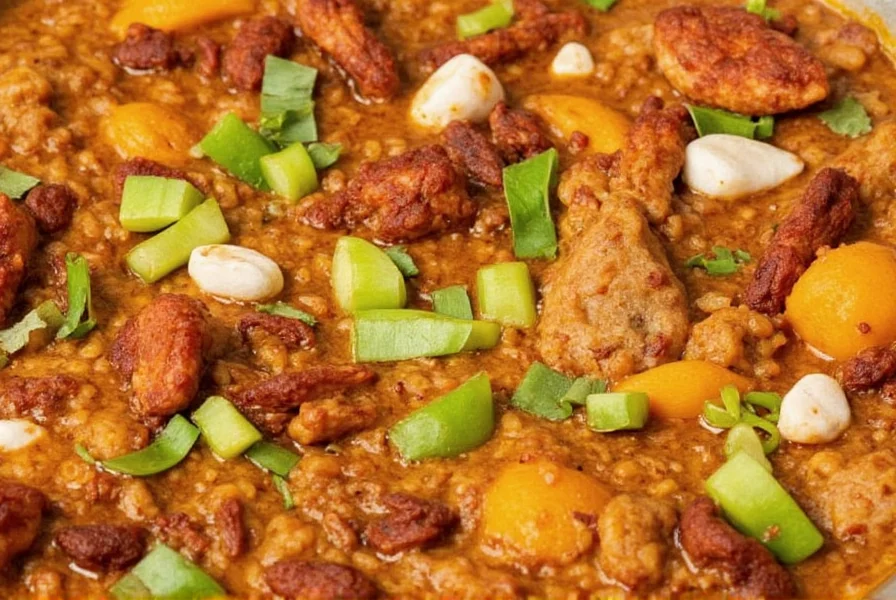
10 Essential Tips for Using Indian Spices Like a Pro
Master these techniques to elevate your Indian cooking:
- Toasting Spices Enhances Flavor
Dry-roast whole spices like cumin and mustard seeds to release aromatic oils. - Use Garam Masala as a Finishing Touch
Add it after cooking to preserve delicate aromatics. - The Art of Tadka (Tempering)
Fry spices in hot oil or ghee for South Indian flavor depth. - Match Spices to the Protein
Use bold spices like cloves for lamb; turmeric and coriander for chicken. - Don't Skip Curry Leaves
Add earthy-citrus notes to South Indian curries. - Regional Spice Blends Vary
North Indian garam masala includes star anise; Kerala versions use more black pepper. - Balance Heat with Cooling Ingredients
Pair chili with yogurt, coconut milk, or lemon juice. - Buy Fresh Spices
Store in airtight containers away from light and heat. - Grind Your Own Spices
Whole spices retain freshness longer; grind just before use. - Spices Offer Health Benefits
Turmeric reduces inflammation; fenugreek supports blood sugar.
Spice Buying Guide: How to Choose the Best for Your Kitchen
When purchasing spices, prioritize quality and freshness:
Top Brands to Consider
| Brand | Features | Best For | Occasions |
|---|---|---|---|
| MDH | Popular Indian brand with affordable spice blends | Everyday cooking | Home cooks looking for convenience |
| Everest | Widely available and offers consistent quality | Classic Indian dishes | Beginners and families |
| Spice Garden | Organic options and ethnic blends | Health-conscious cooks | Vegetarian and organic meals |
| Penzeys | US-based, fresh and customizable spice blends | Experimenters and gourmet chefs | Creative cooking and gifting |
| Rajbhog | Great for traditional sweets and snacks | Desserts and festive dishes | Holidays and special events |
What to Look For
- Packaging: Dark-colored bottles or tins protect against light and extend shelf life.
- Ingredients List: Fewer additives mean purer flavor. Avoid unnecessary fillers.
- Smell Test: Fresh spices should have a strong aroma. Flat smells indicate old spices.
- Country of Origin: Spices from Kerala (cardamom), Rajasthan (chilies), and Gujarat (cumin) are typically higher quality.
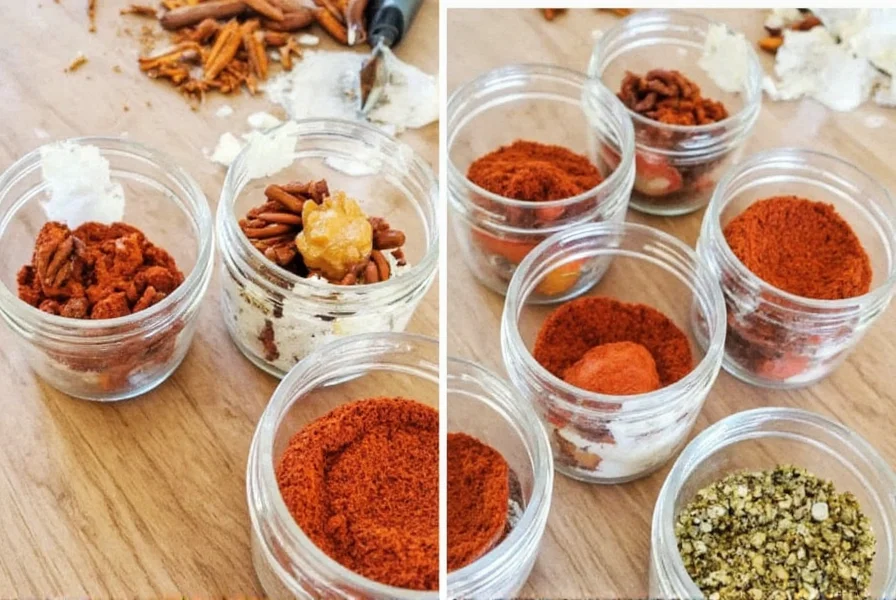
Pro Tips for Storing and Using Spices
Maximize freshness with these storage and usage techniques:
- Keep It Cool and Dry: Store in a pantry or cabinet away from heat and sunlight.
- Label Everything: Use dated labels; ground spices last 6-12 months, whole spices 1-2 years.
- Use Smaller Containers: Transfer bulk spices to daily-use jars to minimize air exposure.
- Toast Before Grinding: Lightly toast whole spices before grinding for intensified flavor.
- Don't Add Directly Over Steam: Spoon spices out to avoid moisture exposure.
- Freeze Chilies: Dried red chilies stay fresher longer when frozen.
Frequently Asked Questions About Indian Spices
What are the essential spices for Indian cooking?
The essential spices for Indian cooking include turmeric, cumin, coriander, mustard seeds, cardamom, cloves, cinnamon, and chili powder. These form the foundation of most Indian spice blends. For beginners, having turmeric, cumin, coriander, and garam masala will allow you to create a wide variety of dishes. Asafoetida (hing) is also valuable for its distinctive flavor, especially in lentil dishes, though it's used in very small quantities.
How can I tell if my spices are still fresh?
Fresh spices should have a strong, vibrant aroma when you open the container. A simple test is to rub a small amount between your fingers and smell them - if the scent is weak or barely noticeable, they've likely lost potency. Ground spices typically lose their flavor within 6-12 months, while whole spices can last 1-2 years. If your curry lacks depth of flavor despite using the right amounts, stale spices might be the culprit.
What's the difference between garam masala and curry powder?
Garam masala is an Indian spice blend that varies by region but typically contains warming spices like cardamom, cloves, cinnamon, and black pepper. It's added toward the end of cooking to preserve its delicate aromatics. Curry powder is actually a British invention created for Western palates, usually containing turmeric, coriander, cumin, and chili. Authentic Indian cooking rarely uses "curry powder" as a single blend - instead, spices are added individually at different stages of cooking.
How do I reduce the spiciness of a curry that's too hot?
If your curry is too spicy, add cooling ingredients like yogurt, coconut milk, or cream. A teaspoon of sugar can also help balance the heat. Acidic ingredients like lemon juice or tomato can cut through the spiciness. The most effective approach is to add more of the base ingredients (like additional vegetables or protein) to dilute the spice concentration. Remember that spices continue to develop flavor as the dish sits, so a curry that seems perfect when served may become spicier after resting.
How long do Indian spices last once opened?
Whole spices like cardamom pods, cinnamon sticks, and cumin seeds maintain their potency for 1-2 years when stored properly in airtight containers away from light and heat. Ground spices lose their flavor more quickly, typically within 6-12 months. Spices containing oils (like fenugreek) tend to go rancid faster. To maximize shelf life, buy spices in small quantities, store them in dark glass containers, and keep them in a cool, dry place. Freezing whole spices can extend their shelf life even further.
Can I substitute fresh spices for dried ones in Indian recipes?
While fresh and dried spices come from the same plants, they have different flavor profiles and potency levels. As a general rule, use three times the amount of fresh spice when substituting for dried (so 1 teaspoon dried = 3 teaspoons fresh). However, some spices like turmeric and asafoetida are almost always used dried in Indian cooking. Fresh ginger and garlic are commonly used, but fresh chili peppers differ significantly from dried chili powder. When possible, follow the recipe's specifications for the best results.
Final Thoughts: Mastering Indian Flavors
Spices are the soul of Indian cuisine. They bring balance, depth, and tradition to every dish. Whether you're a beginner or experienced cook, understanding these essential spices unlocks endless culinary possibilities.
Next time you cook, experiment with regional blends or try grinding your own spices. The journey of mastering Indian flavors is as rewarding as the delicious results!
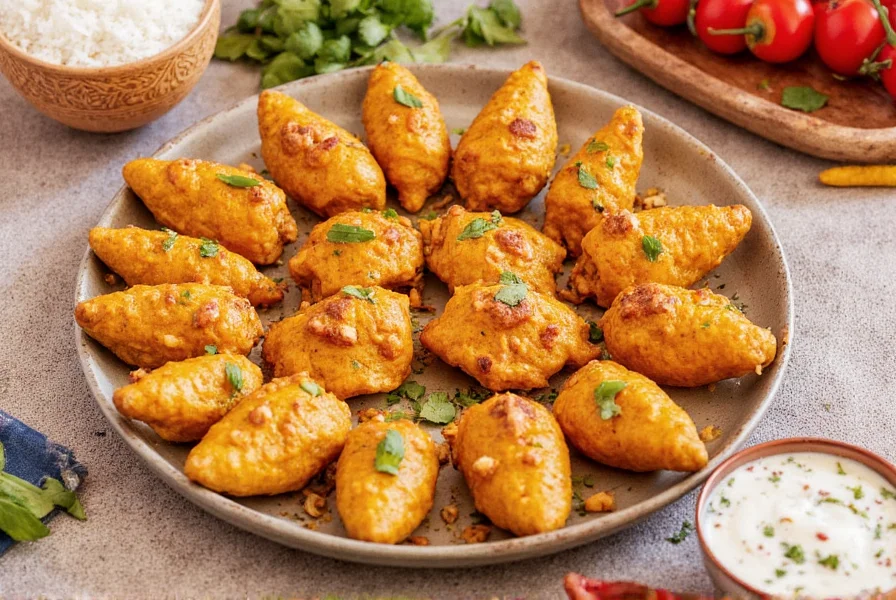

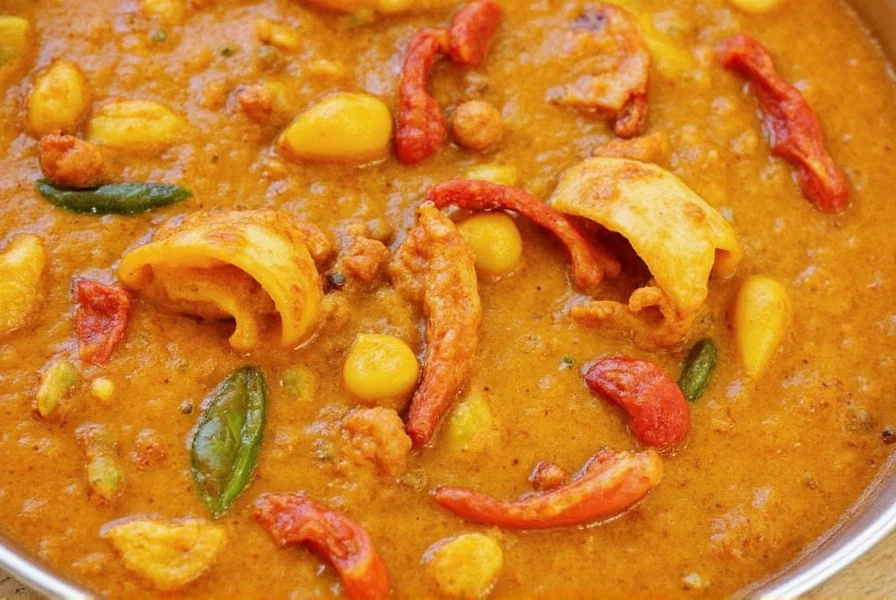









 浙公网安备
33010002000092号
浙公网安备
33010002000092号 浙B2-20120091-4
浙B2-20120091-4